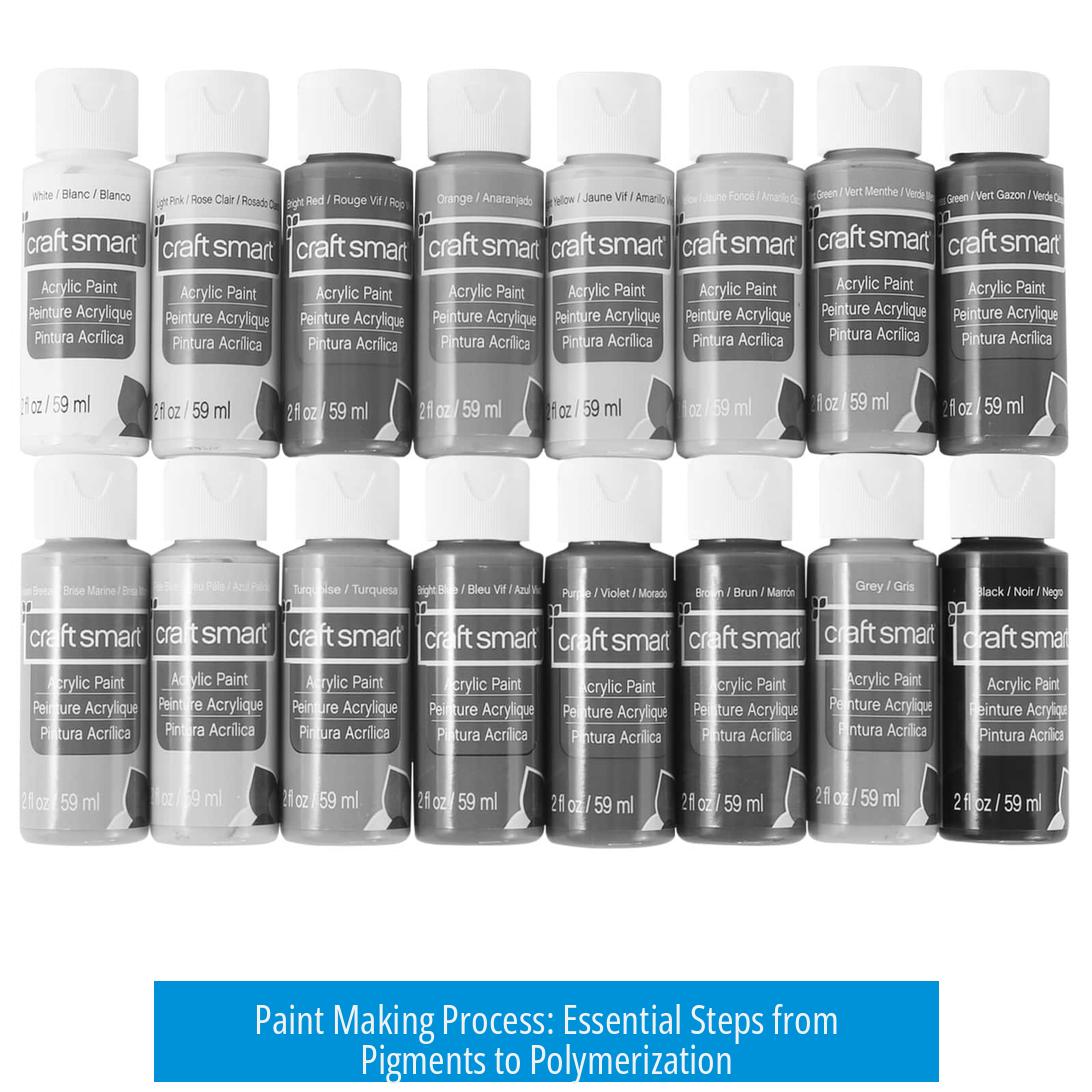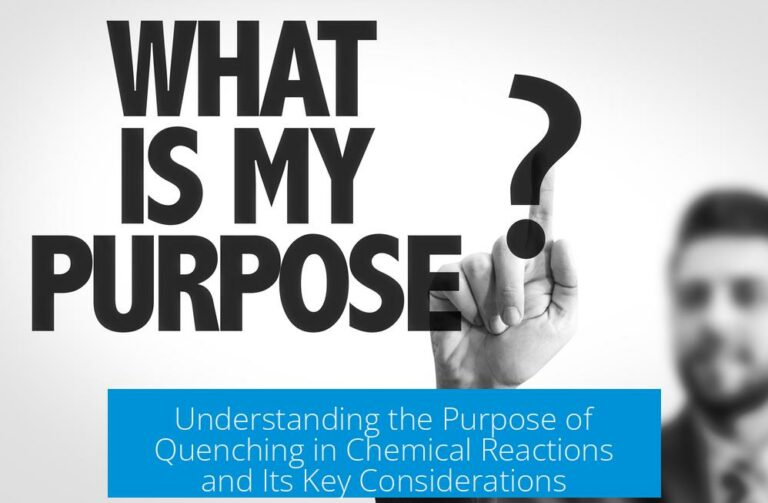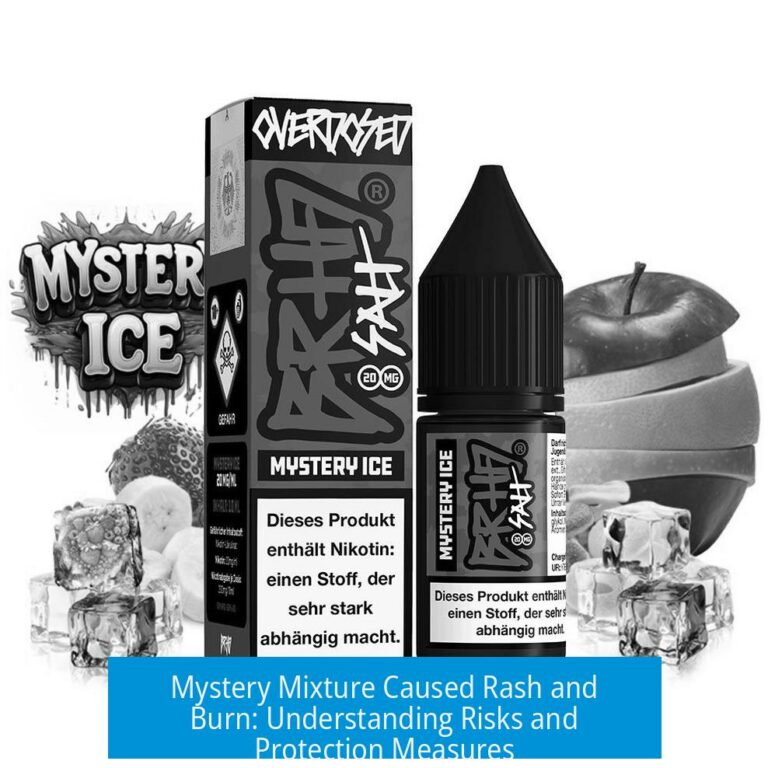Understanding the Paint Making Process
The paint making process involves combining pigments, binders, and solvents but does not include polymerization during manufacturing; polymerization usually occurs later during drying or curing. This ensures a stable mixture that can be applied smoothly and then hardens or sets after application.
1. Pigments: Color and Function
Pigments provide paint color and certain functional properties. White pigments often use titanium dioxide (TiO2). Black shades typically utilize carbon or iron oxides.
- Red oxides create rust hues.
- Bobcat-yellow utilizes various oxides.
- Metallic paints contain aluminum flakes.
- Sparkling or effect coatings use micas.
- Organic dyes provide vibrant colors in many shades.
Fillers are pigments with minimal color impact but improve paint properties. Examples include:
- Silicas to control rheology or matteness.
- Clays such as talc or kaolin for texture.
- Zinc compounds for corrosion protection.
2. Binders: The Resin Backbone
Binders form the film that holds pigments and adheres paint to surfaces. They are mainly blends from broad resin classes:
- Alkyds
- Acrylics
- Epoxies
- Waterborne polyurethane dispersions, latex, and polyester coatings also exist.
Special additives like cellulose acetate butyrate or nitrocellulose appear primarily in specific applications such as wood coatings.
The choice of binder depends heavily on the intended use and desired properties such as durability, flexibility, or gloss.
3. Solvents: Adjusting Consistency
Solvents dissolve resins and control paint viscosity for application. The type is dictated by the binder system used.
Common solvents include:
- Acetone
- Methyl ethyl ketone (MEK)
- Water
- Butyl Acetate
- Naptha
- Toluene and Xylene
- Oxol 100
4. Polymerization and Curing
Polymerization is a chemical process where molecules join to form polymers. In paint, this mainly occurs after the paint leaves the factory, not during making.
Many topcoats or clear coats polymerize during curing. Some basecoats do not.
Polymerization mechanisms vary:
- Isocyanate and amine reactions
- Auto-crosslinking processes in alkyds
Two-part kits often combine components that polymerize immediately after mixing, requiring thermal or moisture-induced curing.
During paint manufacture and mixing, no polymerization happens. Only physical interactions such as solvation or surface effects occur.
Key Takeaways
- Paint combines pigments, binders, and solvents but polymerization occurs mostly after application.
- Pigments provide color and functional effects; fillers improve physical properties without affecting color.
- Binders form the continuous film; choice depends on application and performance needs.
- Solvents control consistency and are selected based on the binder system.
- Polymerization happens during drying or curing, often with two-part paints or moisture heat activation.
What types of pigments are commonly used in paint making?
Common pigments include TiO2 for white, carbon or iron oxide for black, red oxides for rust colors, aluminum flakes for metallic effects, and micas for sparkle coatings. Many organic dyes add a wide range of bright colors.
How do binders affect the paint properties?
Binders are the resin portion that holds pigment particles together. They can be alkyd, acrylic, epoxy, or others like waterborne polyurethane. The choice depends on the desired durability, finish, and application method.
When does polymerization occur in the paint making process?
No polymerization happens during the paint manufacturing or mixing stage. Polymerization happens later during drying or curing, especially for two-part kits or air-reactive paints.
What role do solvents play in paint formulation?
Solvents dissolve binders and control paint viscosity. The solvent type depends on the binder used, with common ones including acetone, MEK, water, and toluene. Solvents evaporate after application to leave the paint film.
Are additives used for special paint applications?
Yes, additives like cellulose acetate butyrate or nitrocellulose improve properties for specific uses such as wood coatings. These materials tailor the paint’s performance for particular surfaces.





Leave a Comment